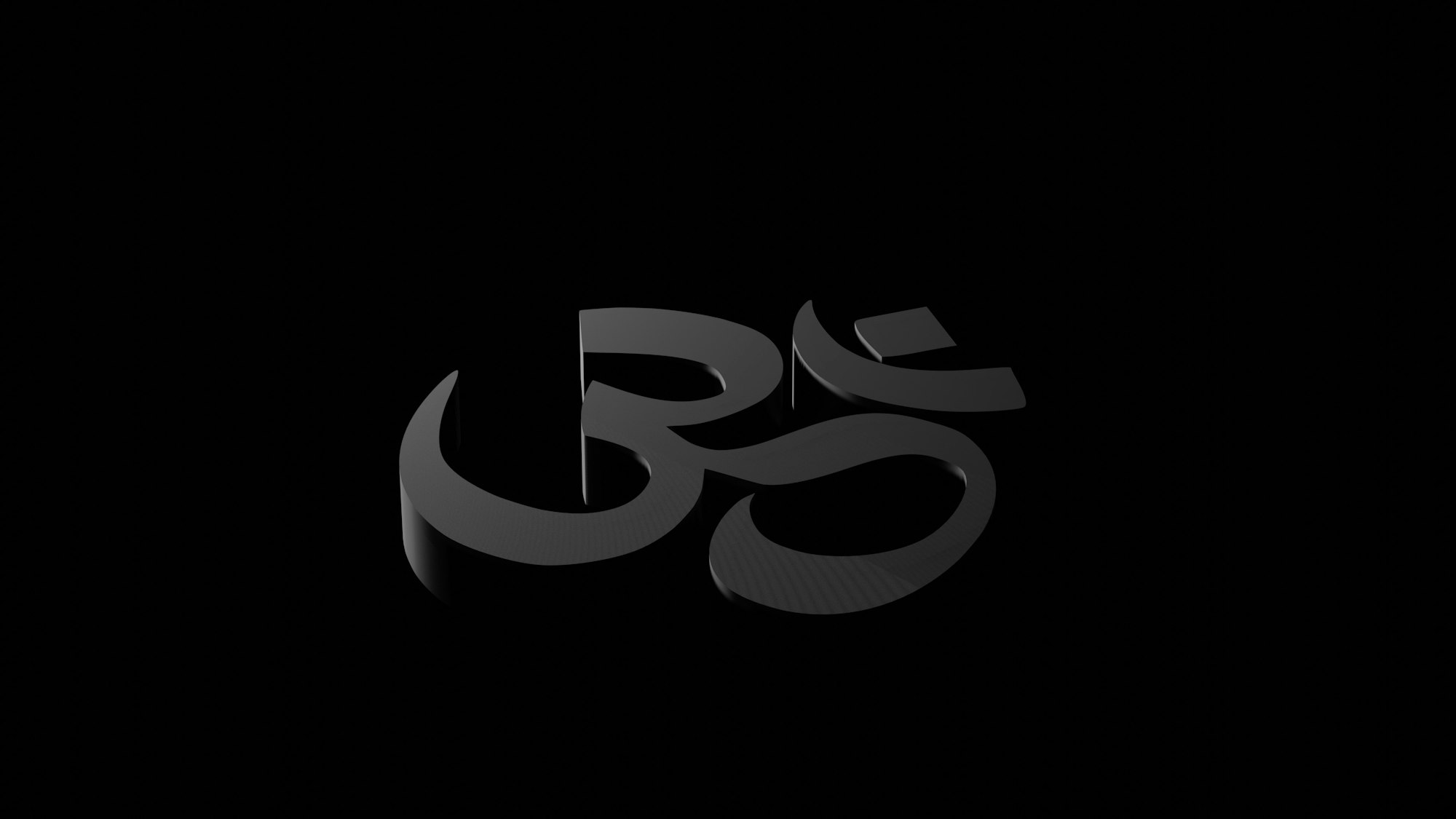Though there are many sampradayas in India, many religions, they can all be classified as either dualism or monism. Dualism mukti means entering Vaikuntha and associating with Bhagavan…as in personalism; Monism means merging into the formless impersonal brahma-jyoti. In the Brahmajyoti there is nothing…no you, no God, NOTHING.
Hanuman was offered the latter, i.e., sayujya mukti (impersonal) by Lord Rama Himself, be he prefered “dualism” as in eternally associating with Bhagavan in Vaikuntha. Vaikuntha is Sat-Chit-Ananda. It exists within Brahmajyoti.
Lord Krishna says in the Gita, Whatever one thinks of at time of death, that, and THAT alone, they achieve. So if one thinks of God at time of death, then they achieve Him; but if one thinks (only) of Brahma jyoti at time of death then they merge and lose seperate identity. In both cases there is no more Samsara Chakra to suffer (and enjoy).
According to Brahma Sutra, in BOTH Shankaracharyas’ Advaita Tika as well as four Vaishnava sampradaya’s Dvaita Tikas, the soul does not “cease to exist” - the soul is eternal, sanatan, sat-chit-ananda, and cannot cease to exist. What happens in sayujya mukti is the soul merges with brahman (totality of life) and loses seperate identity, and becomes ONE with impersonal Brahman but does never cease to exist.
This is what differentiates Brahma-jyoti nirakar sayujya mukti, which is all light (chetan), from the concept of SHUNYA “Nirvan” which is all dark (void). It could be argued that this latter idea is “spiritual suicide” OR even impossible.
But we know from Shastra that there are 3 bona fide paths to mukti, and these relate to Brahman, Paramatma, Bhagavan, the three primary aspects of the Para Brahman. Thus we have jnana (advaita-siddhanta), Yoga (siddhanta?), and Bhakti (dvaita siddhanta).
The Vaishnavas achieve mukhi which is association with God in Vaikuntha which is within the Brahmajyoti, and while realizing their souls true identity as eternal servant, friend, parent or lover (Rasa-tattva) they are eternally seperate from God in quantity, while being identical in quality (sat-chit-ananda) thus enabling “bhakti-rasa” within mukti.
As it says in the Vedanta-sutra, “Antara bhuta-grama-vat svatmanah”, “Within Brahman, (Vaikunta) appears like a village of the material world (has form and rasa, all made entirely of Chit) to the self-realized souls”. THIS is a KEY SUTRA used by Vaishnava scholars.
The Yogis, appart from siddhis, attain Paramatma, which I assume to mean Vaikuntha, but which could be impersonal (I’m not sure!) The Jnani’s eliminate matter (maya) “neti neti” (not this, not that) as being illusion in order to merge into the sum-total of life (Brahman), thereby losing identity, but never ceasing to exist. If sayujya mukti means the “soul cease to exist” then they would call eternally DEAD, rather than eternally liberated. Trying to make the soul “cease to exist” is Shunyavad (Buddhism), not advaitavad. And Shunyavad, if possible, is suicide in the final sense.
Any discussion on this subject requires reference to Vedanta Sutras and Bhagavad-gita, both of which have been explained differently by the monists and the dualists. Making a clear distinction between dvaitavad and advaitavad, based on above praman, allows one to make a knowledgeable choice.


